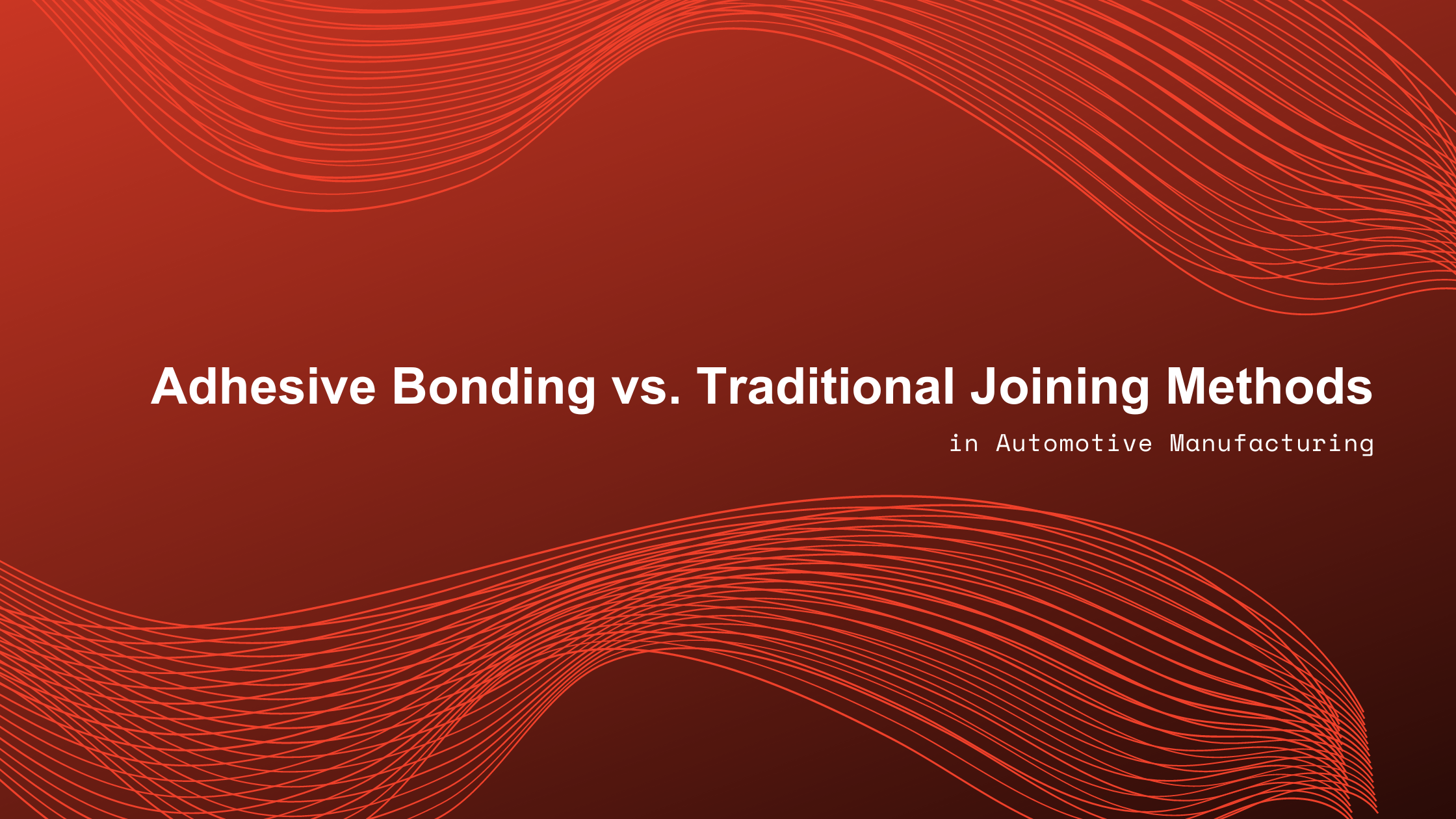
Adhesive Bonding vs. Traditional Joining Methods in Automotive Manufacturing
Today, let’s dive into the nuts and bolts of automotive manufacturing and explore a fascinating battle happening behind the scenes: Adhesive Bonding vs Traditional Joining Methods. Buckle up, because we’re about to take you on a journey through the ins and outs of these two contenders.
You might be wondering, “Why should I care about how cars are put together?” Well, the way vehicles are assembled can have a significant impact on their performance, safety, and even the environment. So, let’s rev up our engines and get started!
Adhesive Bonding vs Traditional Joining Methods
Traditional Joining Methods
Traditional joining methods, like welding and riveting, have been the backbone of automotive manufacturing for decades. They’re the tough guys of the industry, known for their strength and durability.
When you weld or rivet, you’re essentially fusing or mechanically fastening different pieces of metal together. It’s a solid, time-tested approach that has brought us some incredible vehicles.
Welding, for example, involves high temperatures that can lead to structural changes in the materials, potentially affecting their strength. Plus, it’s not the most eco-friendly process, with energy consumption and emissions playing a significant role.
Strengths and Challenges of Traditional Joining
Strengths: Traditional joining methods are like the heavyweight champions of the auto world. Welding, for instance, creates robust connections that can endure the harshest conditions. Bolting and riveting follow suit, holding things together with sheer mechanical might.
Challenges: But, these methods come with their set of challenges. Welding, for all its strength, introduces heat stress that can weaken materials. Bolts and rivets? They poke holes, potentially compromising the structure’s integrity.
Adhesive Bonding
Enter adhesive bonding, the cool, tech-savvy newcomer turning heads in the automotive world. Instead of relying on brute force, adhesive bonding uses specially formulated glues or adhesives to create a strong bond between materials. It’s like the superglue of the automotive realm.
So, why should you give adhesive bonds a second look? Well, for starters, it allows for more flexibility in design. With welding or riveting, you’re somewhat limited in terms of shape and material compatibility. Adhesive bonding breaks those shackles, enabling manufacturers to experiment with lighter materials and intricate designs.
Moreover, Adhesive bonding is a lightweight champion. It helps shed some pounds off your ride, making it more fuel-efficient and environmentally friendly. Plus, it reduces the risk of corrosion since there are no heat-affected zones, unlike the hot-headed welding process.
Why Adhesive Bonding
Flexibility: Adhesive bonding doesn’t play by the same rules as welding or bolting. It distributes stress evenly, reducing the risk of cracks. Plus, it’s perfect for joining dissimilar materials without breaking a sweat.
Weight Watchers Approved: If you’re into fuel efficiency, adhesive bond is your friend. It’s lighter than welding, helping your car shed a few pounds and become more fuel-efficient.
No Holes Allowed: One word: aesthetics. Adhesive bonding doesn’t poke holes, maintaining the sleek exterior of your ride. Say goodbye to those unsightly rivet heads.
To more about the Role of Adhesives: Read the blog: Lightweighting EVs: Role of Adhesives in Design and Performance.
Choosing the Right Method
So, when do you choose adhesive bonding over traditional heavyweights?
For the Sleek and Stylish: If aesthetics are your top priority, adhesive bonding is your go-to. No holes mean a smooth, polished look.
Fuel Efficiency Fanatic: Want your ride to sip rather than gulp fuel? Adhesive bonding contributes to shedding weight, making your car more fuel-efficient.
Material Mix and Match: If your car parts are a bit of a material medley – steel here, aluminum there – adhesive bonding is the peacemaker that brings them all together.
Strength vs. Flexibility
Now that you’ve met the contenders, let’s pit them against each other. Strength versus flexibility – which one wins in the automotive manufacturing ring?
Traditional joining methods are like your dependable, sturdy friend. They provide unparalleled strength, ensuring the structural integrity of your car. However, this comes at the cost of flexibility. Welded or riveted joints may struggle with the twists and turns of modern, complex designs.
On the other hand, adhesive bonding is the gymnast of the duo, offering flexibility and adaptability. It excels in joining dissimilar materials, reducing weight, and enhancing the overall design. Yet, the concern here is whether it can match the brute strength of traditional methods.
Hybrid Approach
What if we told you there’s a way to get the best of both worlds? Manufacturers are increasingly adopting a hybrid approach, combining the strength of traditional methods with the versatility of adhesive bonding. It’s like a dynamic duo working in harmony to create a car that’s strong, light, and stylish.
This hybrid method involves strategically placing adhesive bonds in areas that require flexibility and utilizing welding or riveting for high-stress zones. It’s a win-win situation, optimizing the benefits of both techniques.
Conclusion
So, which side should you pick in the Adhesive Bonding vs Traditional Joining Methods showdown? The truth is, there’s no one-size-fits-all answer. It depends on the specific needs of the vehicle, the design goals, and the balance between strength and flexibility.
As automotive technology continues to evolve, manufacturers are steering toward innovative solutions that offer the best of both worlds. The next time you hit the road, take a moment to appreciate the engineering marvel that is your car, held together by a carefully curated blend of traditional and modern joining methods.
Whether it’s the robust handshake of welding or the subtle embrace of adhesive bond, each method plays a crucial role in crafting the vehicles we know.





Post a comment